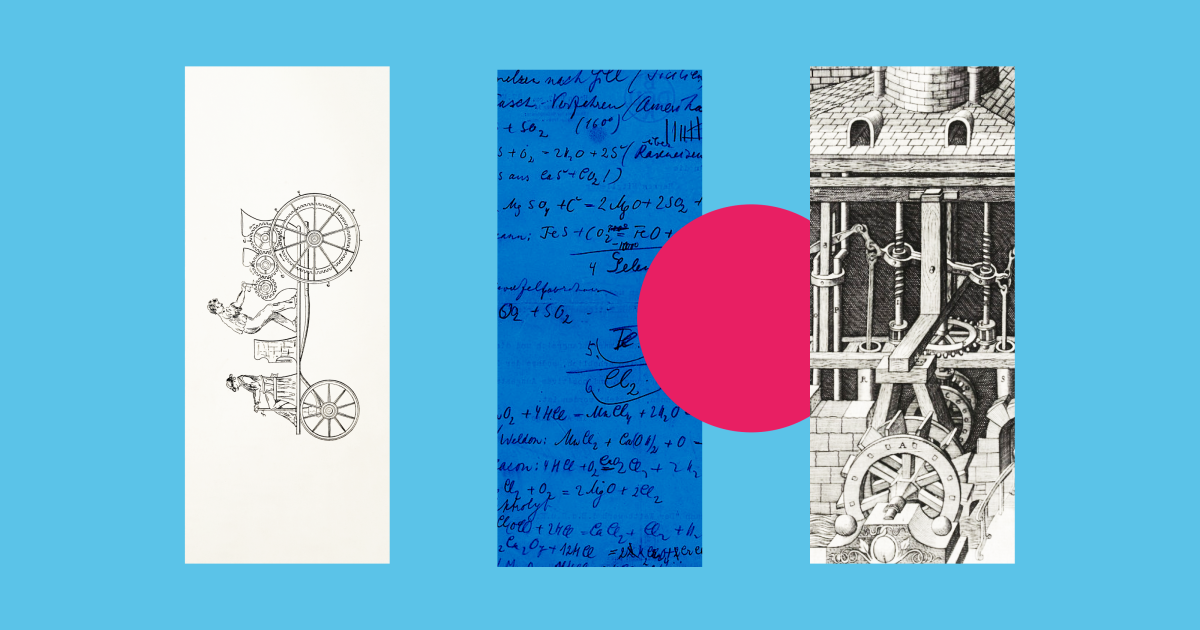The brilliant secret behind all great innovations
Excerpted from Innovating with Impact by Ted Ladd and Alessandro Lanteri. Published by Pegasus Books, 2023.
In 1815, the volcano Mount Tambora in Indonesia erupted, throwing enough ash into the atmosphere to block sunlight from reaching the earth. The event pushed much of the planet into a premature winter, precipitating a significant crop failure across Northern Europe in 1816. With limited fodder, farmers opted to feed cows, which could supply food, instead of horses, which were used primarily for transportation. People were forced to walk instead of ride, requiring more time and energy to travel. Two years later, Karl von Drais mounted a flat board between two wooden wheels a few feet apart. His device allowed a person to sit astride the board and plant their feet on the ground to run uphill or lift their feet to coast downhill. In front of a large crowd, he demonstrated that his laufmaschine (running machine) could go 7 km (4.3 miles) in an hour. Ironically, this was considered too fast, causing this first incarnation of the bicycle to be outlawed in several cities for creating a hazard to pedestrians.
Continued here